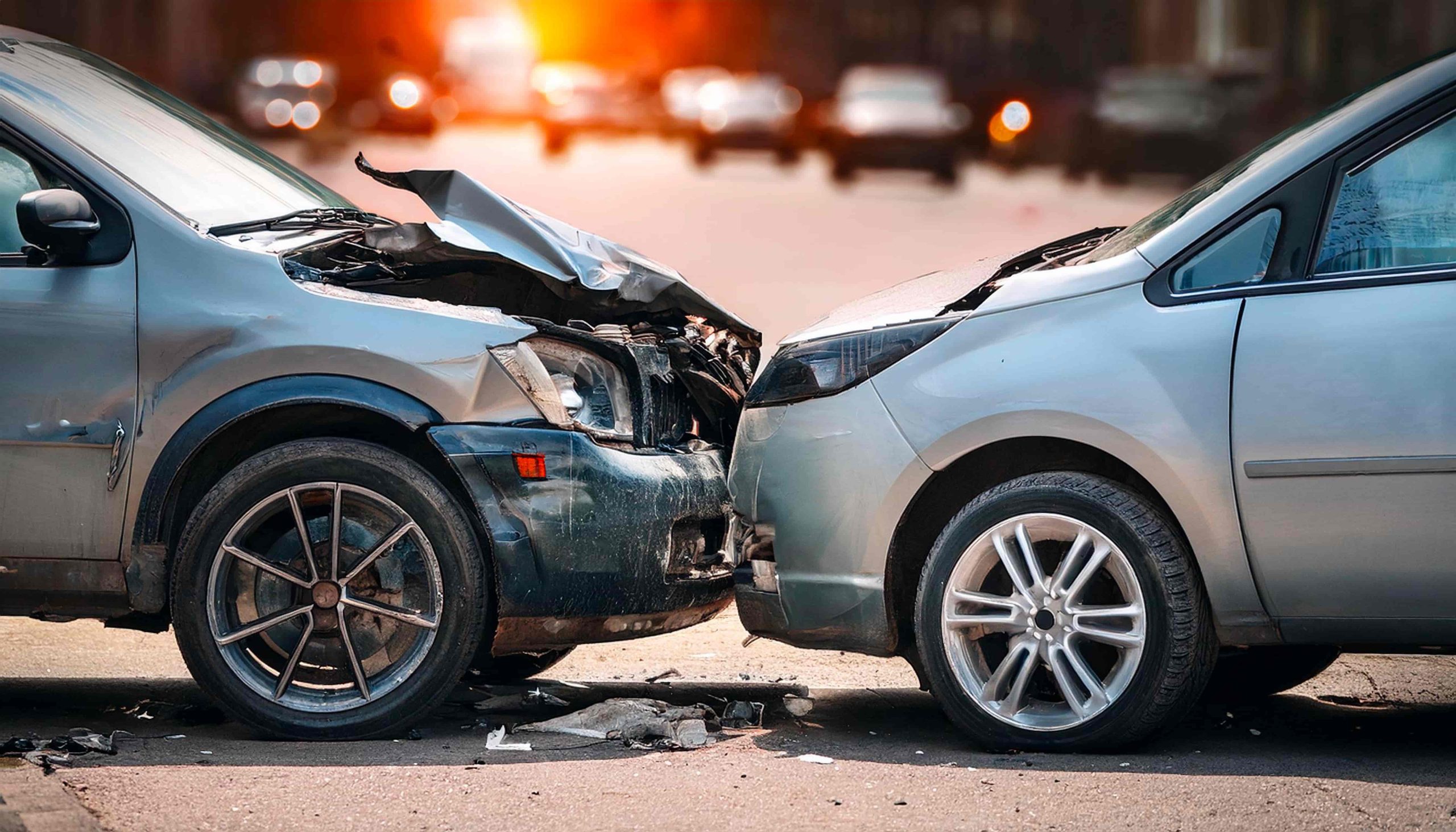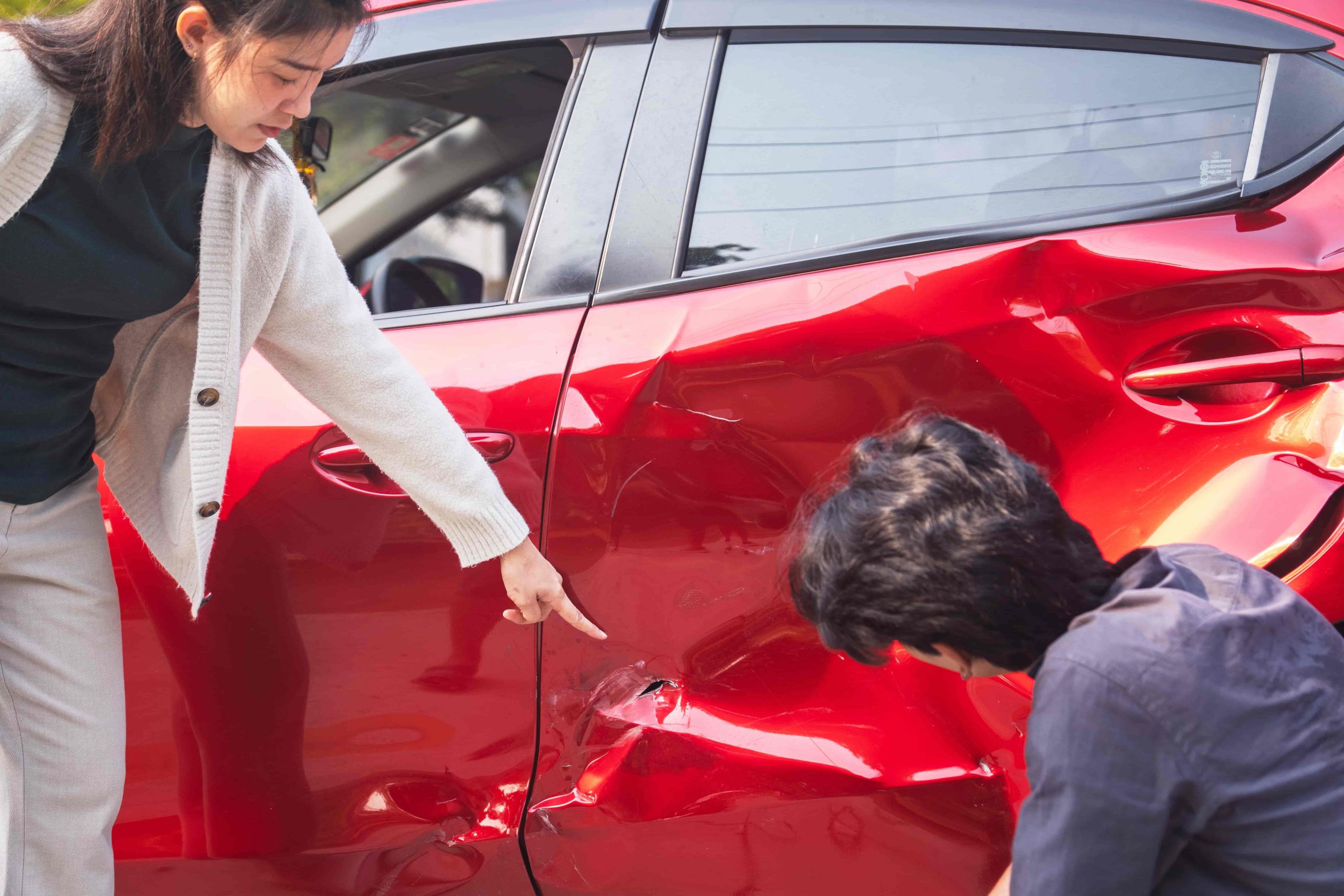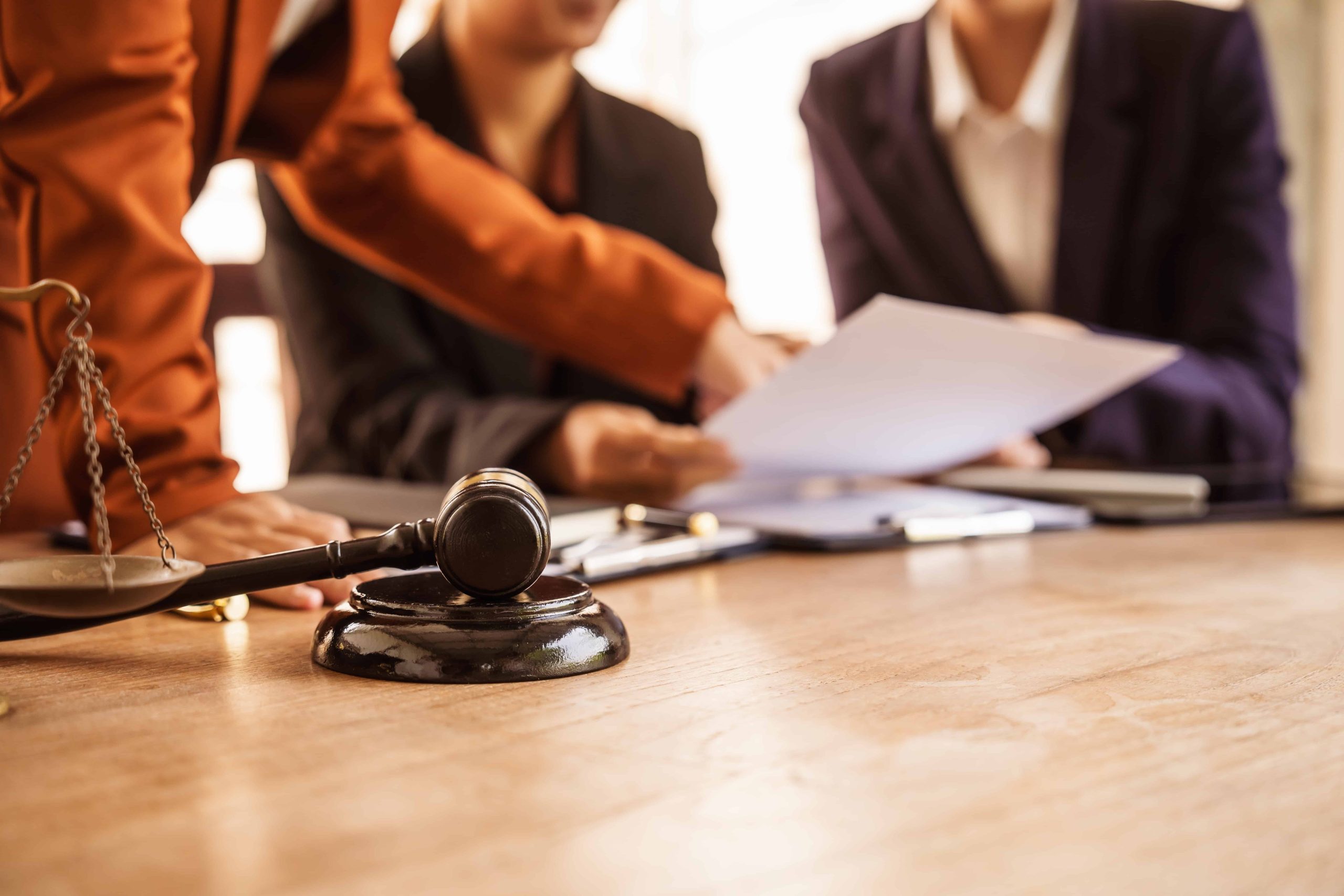Car accident settlements allow victims to receive compensation for injuries, property damage, and other losses without going to court. After seeking medical attention and reporting the accident, the claims process begins. Your lawyer can notify all relevant insurance companies and document all damages, including medical bills, lost income, and vehicle repairs.
Police reports, witness statements, and photographs of the accident scene strengthen the claim. Once the documentation is complete, the accident victim’s lawyer presents a settlement demand to the insurance company, outlining the compensation sought. Negotiations often follow, with back-and-forth offers until a fair amount is agreed upon.
A skilled car accident attorney can handle every step of this process for you. They will gather and organize evidence, accurately assess the value of your claim, communicate with the insurance company, and negotiate effectively to maximize compensation.
Attorneys also ensure that all deadlines are met and that your legal rights are fully protected throughout the process.
How Car Crash Settlements Work – Key Takeaways
- Document All Damages: Keep detailed records of medical bills, lost income, vehicle repairs, and other accident-related expenses. Photographs, police reports, and witness statements strengthen your claim.
- Assess the Full Value of Your Claim: Your car accident attorney will consider both economic damages (medical costs, lost income, property damage) and non-economic damages (pain and suffering, emotional distress).
- Submit a Settlement Demand: Your lawyer can present a formal request for compensation, including evidence supporting the amount sought.
- Engage in Negotiations: Expect back-and-forth offers with the insurance company. Negotiation often continues until a mutually acceptable settlement is reached.
- Consider Alternative Dispute Resolution: If negotiations stall, mediation or arbitration may help resolve disputes without litigation.
- Attorney Guidance Maximizes Compensation: A skilled car accident lawyer can gather evidence, negotiate effectively, and ensure deadlines and legal requirements are met.
- Final Settlement Provides Closure: Once the settlement is signed, payment is issued, allowing you to focus on recovery and financial stability.
What Is the Car Accident Settlement Process?
The car accident settlement process begins when your attorney notifies the appropriate insurance companies about the collision. The insurance provider may then assign a claims adjuster.
Your lawyer will gather evidence to support your claim, including medical records, medical bills, records of lost earnings, photographs of injuries and vehicle damage, police reports, and witness statements. Strong evidence increases your likelihood of receiving a fair settlement offer.
Once evidence is collected, negotiations with the insurance company begin. Your attorney will submit a settlement demand outlining the compensation requested and the reasons for that amount. The insurance company may respond with a counteroffer.
Negotiations can involve multiple back-and-forth exchanges as each side adjusts its expectations based on the strength of the evidence and the seriousness of the injuries.
Your attorney can help you decide whether to accept a particular settlement offer from the insurance company, continue negotiating, or pursue litigation in the court system.
What Damages Are Available in a Car Crash Settlement?

Victims of car collisions may be eligible to recover compensation for the losses they suffered. Some of the most common types of available damages include:
Economic Damages
Economic damages refer to the measurable financial losses that result from a car crash. Medical expenses are typically the largest component, including emergency room visits, hospital stays, surgeries, medications, physical therapy, and ongoing treatment for chronic conditions caused by the crash.
Lost income or loss of earning capacity are also recoverable. This includes income lost during recovery, as well as potential future earnings if the victim’s ability to work is permanently affected.
Property damage is another economic loss covered in a settlement. This includes repairs or replacement costs for a vehicle, as well as damage to personal items inside the vehicle.
Non-Economic Damages
Non-economic damages compensate victims for losses not easily quantified in monetary terms. Pain and suffering covers physical discomfort, emotional distress, and limitations caused by injuries sustained in the crash. Emotional and psychological impacts, including anxiety, depression, or post-traumatic stress disorder (PTSD), can also be included under non-economic damages.
Loss of consortium or loss of companionship may be available in certain cases, particularly when injuries affect a victim’s relationships with a spouse or family members. This compensation recognizes the personal and social consequences of a serious car crash.
Other Types of Compensable Damages
In some cases, punitive damages may also be awarded. These are intended to punish particularly malicious behavior by the at-fault driver and to deter similar conduct in the future. Punitive damages are less common and usually apply only in cases involving extreme misconduct.
A car crash settlement typically combines both economic and non-economic damages to provide a full measure of compensation for the victim’s losses. Careful documentation of medical records, income statements, and personal impact statements is essential to maximize recovery.
Every settlement is unique, reflecting the severity of injuries, the financial losses incurred, and the lasting effects on the victim’s life.
How Do Negligent Drivers Cause Car Accidents?

Negligent drivers are a leading cause of car accidents, and their actions can range from minor lapses in judgment to outright reckless behavior.
- One of the most common forms of negligence is distracted driving. Drivers who text, check their phones, eat, or engage in other distracting activities fail to pay full attention to the road, increasing the likelihood of rear-end collisions, sideswipes, or intersection accidents. Even a momentary distraction can result in serious injuries or fatalities.
- Speeding is another common cause of car accidents. Drivers who exceed posted speed limits or drive too fast for road conditions reduce their ability to react to sudden hazards, such as a pedestrian stepping into the street or another vehicle stopping abruptly. High speeds also amplify the severity of accidents, making injuries and property damage more significant.
- Driving under the influence of alcohol or drugs remains a critical factor in many accidents. Impaired drivers have slower reaction times, reduced coordination, and impaired judgment, significantly increasing the risk of collisions. This includes prescription or over-the-counter medications that can cause drowsiness or impair mental functioning.
- Failure to follow traffic laws, such as running red lights or stop signs, improperly changing lanes, and not yielding the right-of-way, also contributes heavily to car accidents. These violations disrupt the predictable flow of traffic and often lead to dangerous side-impact or intersection crashes.
- Poor vehicle maintenance caused by driver negligence can lead to accidents as well. Worn tires, malfunctioning brakes, or broken lights may prevent a driver from controlling their vehicle properly or make their car less visible to others on the road.
- Finally, aggressive driving behaviors, such as tailgating, road rage, and weaving through traffic, endanger everyone nearby. These actions often provoke other drivers or result in loss of control, leading to collisions.
Most Common Injuries in a Car Crash
Car crashes can cause a wide range of injuries, ranging from minor bruises to life-altering physical and mental trauma.
Whiplash
Among the most common physical injuries are whiplash and other neck or back injuries. Whiplash occurs when the head and neck are suddenly jolted, often in rear-end collisions, causing strain or tearing of muscles and ligaments. These injuries may result in chronic pain, limited mobility, and long-term complications if not treated promptly.
Head Injuries
Head injuries, including concussions and traumatic brain injuries (TBIs), are also frequent in car accidents. A blow to the head can lead to dizziness, memory problems, confusion, or persistent headaches. More severe TBIs can cause permanent cognitive impairment, personality changes, or loss of motor function.
Spinal Injuries
Spinal cord injuries, which may result from high-impact collisions, can cause partial or complete paralysis, profoundly affecting a victim’s independence and quality of life.
Broken Bones
Broken bones and fractures are another common outcome, particularly in high-speed crashes or rollover accidents. Arms, legs, ribs, and facial bones are often affected, and some fractures require surgery and extended periods of rehabilitation. Soft tissue injuries, such as sprains, strains, and torn ligaments, are also prevalent, often leading to chronic pain and physical therapy needs.
Psychological Injuries
In addition to physical harm, car accident victims frequently experience psychological injuries. Post-traumatic stress disorder (PTSD) can develop after a serious collision, causing flashbacks, anxiety, or avoidance of driving. Depression, sleep disturbances, and heightened irritability are also common, sometimes persisting long after the physical injuries have healed.
Internal Injuries
Internal injuries, including damage to organs such as the liver, spleen, or lungs, may not be immediately visible but can be life-threatening if untreated. Bruising and internal bleeding require prompt medical evaluation to prevent serious complications.
Facial Injuries
Finally, facial injuries and dental trauma can occur, leading to both functional problems and emotional distress. Scarring or disfigurement may also have a lasting impact on a person’s self-esteem and social interactions.
What Happens if a Car Crash Case Doesn’t Settle?

Continued Negotiations
When a car crash case does not initially settle, it often begins with continued negotiations between the victim and the insurance company. Disagreements may arise over the severity of injuries or liability for the accident.
Even after an initial settlement offer is rejected, both sides may revisit discussions by presenting additional evidence, updated medical records, or expert opinions. Strengthening the documentation can sometimes lead to a better settlement without further formal proceedings.
Alternative Dispute Resolution (ADR)
If settlement negotiations fail, the parties may turn to alternative dispute resolution methods. Mediation is a common ADR process where a neutral third party facilitates discussion and encourages both sides to reach a mutually acceptable agreement.
Mediation is non-binding, meaning either party can still reject the proposal.
Arbitration is another option, often more formal than mediation. An arbitrator reviews evidence, listens to both sides, and issues a decision that is usually binding. ADR can be faster and less costly than full litigation, but it still requires thorough documentation of injuries, damages, and financial losses.
Litigation
When a settlement cannot be reached through negotiation or ADR, the case may proceed to litigation. Filing a lawsuit initiates a formal legal process in court. This includes the exchange of information through discovery, depositions, and submission of evidence. Both parties present their arguments to a judge or jury, who will determine fault and decide the amount of compensation.
Litigation can take more time to resolve, but it may be necessary in some cases – such as where the at-fault driver’s insurer disputes liability.
Car Accident Settlement FAQs
What is a car accident settlement?
A car accident settlement is an agreement between the victim and the insurance company or at-fault party to provide compensation for injuries, property damage, and other losses without going to court.
How long does it take to settle a car accident claim?
The timeline varies depending on the complexity of the case, the severity of injuries, and how quickly evidence is collected. The time it takes to resolve a claim depends on the severity of your injuries and the complexity of your case.
What claims for compensation are included in a settlement?
Settlements typically cover economic damages, such as medical expenses, vehicle repairs, and lost income, as well as non-economic damages like pain and suffering or emotional distress. In rare cases, punitive damages may also be awarded.
Do I need a lawyer to negotiate a settlement?
Yes. An experienced car accident lawyer will work hard to ensure that you receive fair compensation, handle all communications with the insurance company, and properly document injuries and losses.
What happens if a car accident settlement cannot be reached?
If the parties cannot agree, they can explore alternative dispute resolution methods such as mediation or arbitration. In some cases, the claim may proceed to litigation for a decision by a judge or jury.
Can I accept a settlement and still get more money later?
Once a settlement agreement is signed, it is usually final. Accepting it generally prevents any further claims related to the accident.
What should I do immediately after a car accident?
Your first priority is safety. Move to a safe location if you can, call 911 to report the accident and request medical assistance, and exchange contact and insurance information with the other driver. Avoid discussing fault at the scene. Use your phone to take pictures of the vehicles, the surrounding area, and any visible injuries.
Is there a deadline for filing a car accident claim?
Yes, every state has a law called the statute of limitations that sets a strict time limit for filing a lawsuit after a car accident. The deadline varies by state. It is crucial to contact an attorney well before this deadline expires to protect your right to seek compensation.
What if the at-fault driver is uninsured or underinsured?
If the at-fault driver has no insurance or not enough to cover your damages, you may file a claim through your own insurance policy. Uninsured/underinsured motorist (UM/UIM) coverage is designed for this situation. An attorney can review your policy to determine what coverage is available to you.
Consult an Experienced Car Accident Lawyer Today
If you recently suffered injuries in a car crash that a negligent driver caused, you are not alone.
A knowledgeable car accident attorney can pursue the settlement compensation you deserve from the insurance company. If the insurance company refuses to compensate you fairly, your lawyer can pursue ADR or litigate your case to a resolution in the court system.
